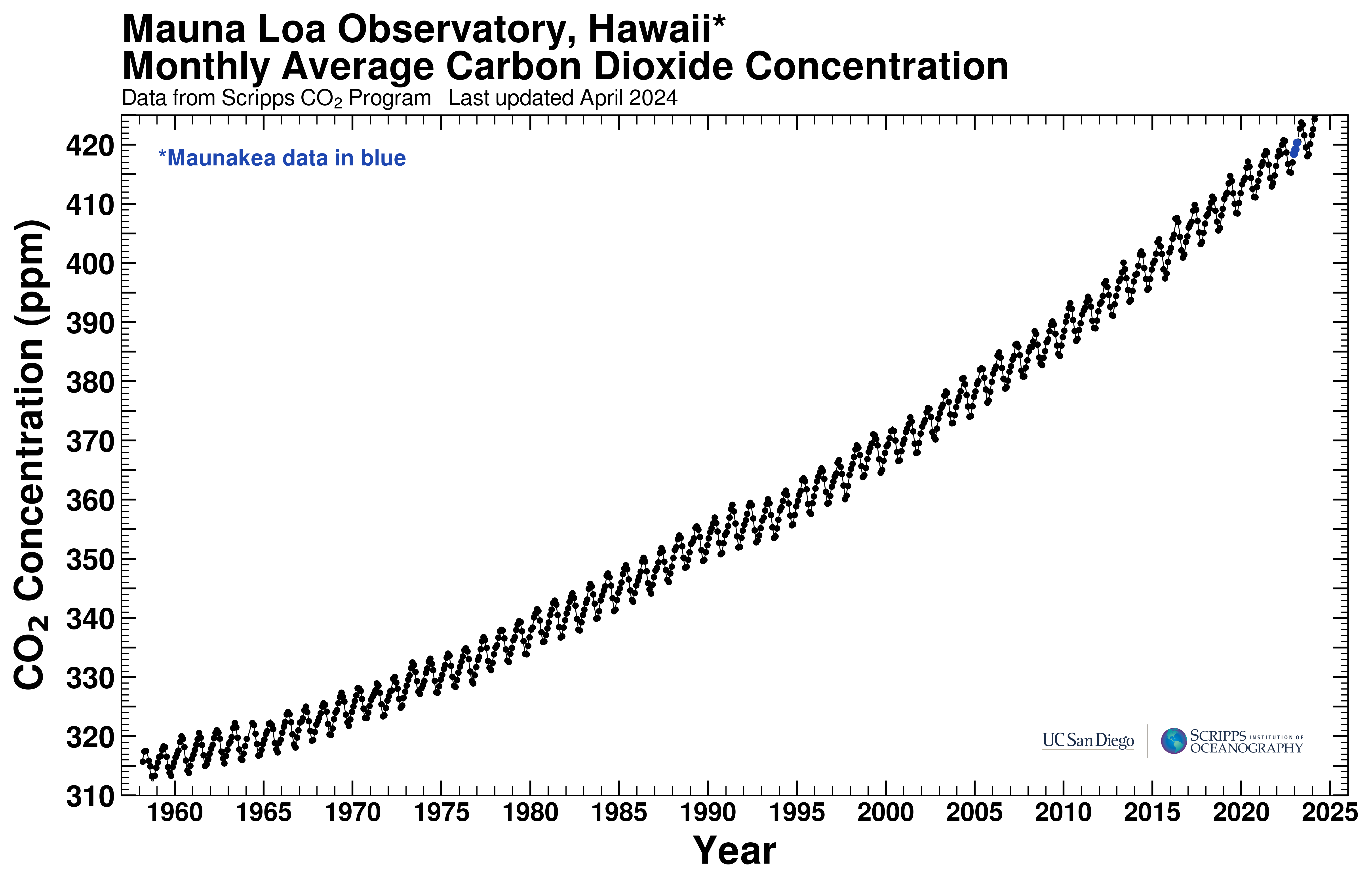Siggi
Member
- Messages
- 86
- Location
- Manteigas, Guarda, Portugal
Hi, all.
I'm getting ready to set up a large aquarium, mainly to house Apistos and tetras.
I have moved away from Lisbon, capital of Portugal, to a mountainous region in the central part of the country. The mountains are granitic and local spring water has the following characteristics:

(Note: "resíduo seco" means "dry residue" and is an idea of suspended mineral load)
Tap water is close to pH 7 and leaves some stain on glasses, windows, cutlery, etc. I guess they add some carbonates to harden and take some acidity off the water.
My plan is to buy a reverse-osmosis filter and use that water to fill the aquarium.
My question is this: Will the RO filter produce pH 7 "pure" water or will it give me back the acidity the water had before the additives, around pH 6?
Thank you for you time and responses.
Cheers!
I'm getting ready to set up a large aquarium, mainly to house Apistos and tetras.
I have moved away from Lisbon, capital of Portugal, to a mountainous region in the central part of the country. The mountains are granitic and local spring water has the following characteristics:
(Note: "resíduo seco" means "dry residue" and is an idea of suspended mineral load)
Tap water is close to pH 7 and leaves some stain on glasses, windows, cutlery, etc. I guess they add some carbonates to harden and take some acidity off the water.
My plan is to buy a reverse-osmosis filter and use that water to fill the aquarium.
My question is this: Will the RO filter produce pH 7 "pure" water or will it give me back the acidity the water had before the additives, around pH 6?
Thank you for you time and responses.
Cheers!

